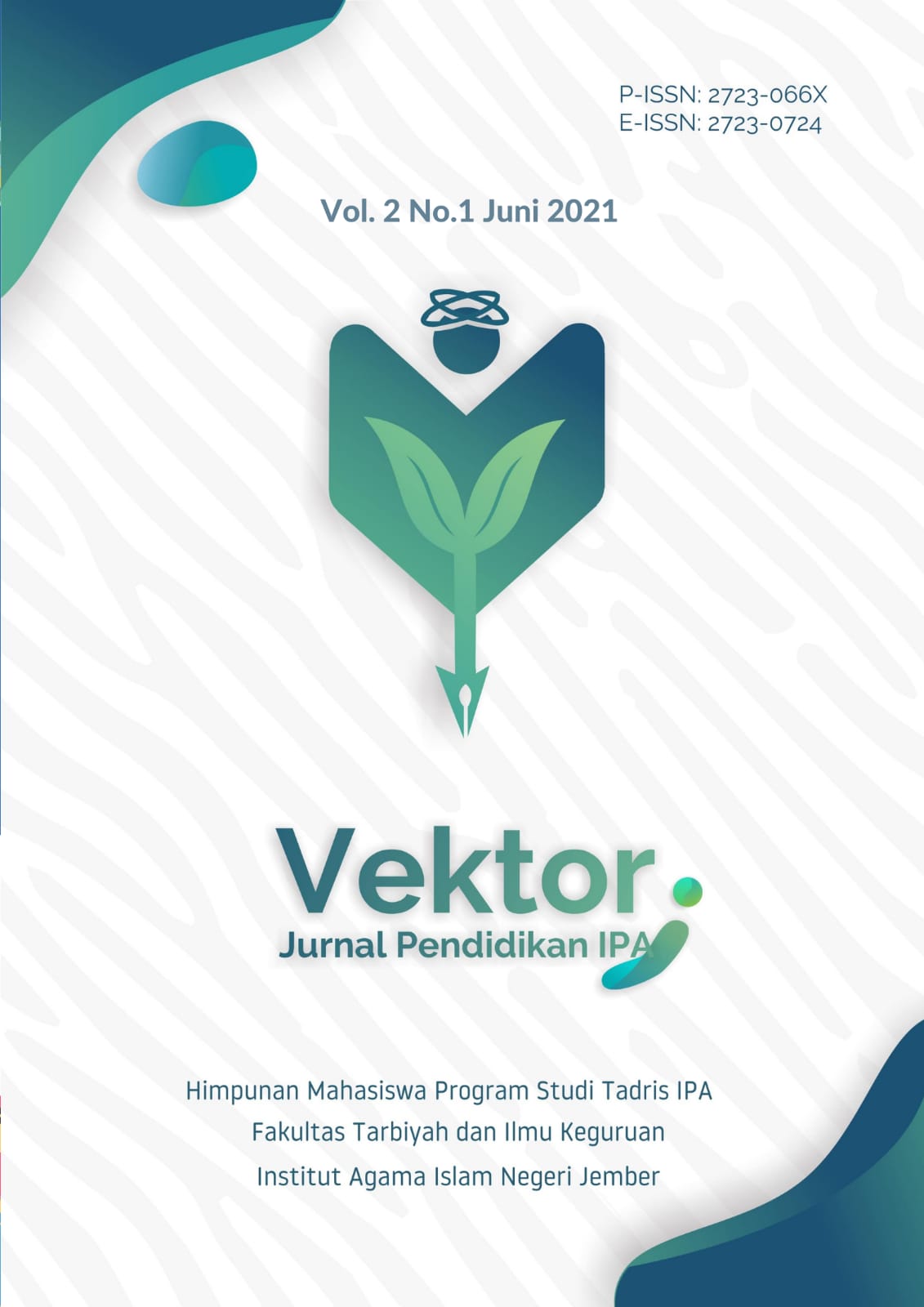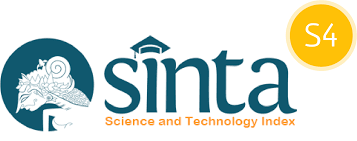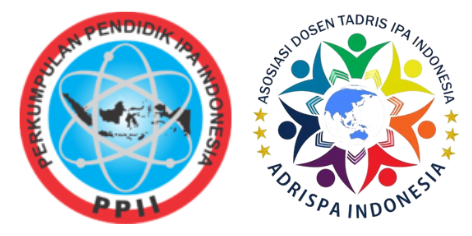Reaksi Fisi dan Reaksi Fusi dalam Mekanisme Bom Atom dan Senjata Termonuklir
DOI:
https://doi.org/10.35719/vektor.v2i1.19Keywords:
atomic bombs, fission reactions, fusion reactions, thermonuclear weaponsAbstract
Tujuan penelitian ini membahas mengenai reaksi fisi dan fusi pada bom atom dan senjata termonuklir. Penelitian ini adalah penelitian kualitatif, jenis penelitiannya menggunakan studi analitik komprehensif. Bagian paling vital dari ledakan fisi yang terjadi dalam bom atom tak lain adalah material yang berfisi itu sendiri. Ada dua unsur radioaktif yang biasa dipakai, yakni uranium dan plutonium, masing-masing dengan aneka isotopnya. Mulai dari U-232, U-234, U-235, dan U-238 untuk uranium, hingga Pu-238, Pu-239, dan Pu240 untuk plutonium. Elemen pemicu ledak yang dipakai dalam ledakan termonuklir ialah deuterium (D) alias hydrogen berat atau yang juga popular dengan sebutan ‘air berat’ (heavy water). Dari setiap 5000 atom hydrogen, bisa dipastikan satu isotop di antaranya dalam bentuk deuterium. Inti deuterium (deutron) terdiri dari satu proton (p) dan satu neutron (n). saat berpasangan, dua deutron membentuk inti atom helium (He-4) yang relatif stabil. Dalam semua jenis reaksi ini, inti atom berat terbentuk melalui proses fusi.
Kata Kunci: bom atom, reaksi fisi, reaksi fusi, senjata termonuklir
The purpose of this research is to discuss fission and fusion reactions in atomic bombs and thermonuclear weapons. This research is a qualitative research. This type of research uses a comprehensive analytical study. The most vital part of the fission explosion that occurs in an atomic bomb is none other than the fission material itself. There are two radioactive elements in common use, uranium and plutonium, each with its different isotopes. They range from U-232, U-234, U-235, and U-238 for uranium, to Pu-238, Pu-239, and Pu240 for plutonium. The explosive trigger element used in thermonuclear explosions is deuterium (D) heavy hydrogen or also popularly known as "heavy water" (heavy water). For every 5000 hydrogen atoms, one can be sure of one of them in the form of deuterium. The nucleus of heuterium (deutron) consists of one proton (p) and one neutron (n). When paired, the two deutrons form a relatively stable nucleus of helium (He-4). In all of these types of reactions, heavy atomic nuclei are formed by fusion.
Keywords: atomic bombs, fission reactions, fusion reactions, thermonuclear weapons
References
Agung, Alexander. (1998). Fusi Nuklir: Sumber Energi Masa Depan. Jurnal Energi, 1(1), 28-30.
Basri, Teuku Hasan. (2014). Sejarah dan Perkembangan Senjata Nuklir. Jurnal Seuneubok Lada, 2(1), 6-105.
Kholil, M., & Apriyono, F. (2018). Identifikasi Konsep Matematika Dalam Permainan Tradisional Di Kampung Belajar Tanoker Ledokombo Jember . Indonesian Journal of Islamic Teaching, 1(1), 62–75.
Lapp, Ralph E. (1961). Man and Space: The Next Decade. New York: Harper & Brothers.
Maemunah, Rosidah Indah, dkk. (2019). Studi Komparasi Reaksi Fisi dan Fusi Pada Pembangkit Listrik Tenaga Nuklir Masa Depan. Prosiding Seminar Nasional Fisika 5.0, 473-481.
Russel, Bertrand. (1960). The ABC of Relativity. New York: Mentor Books.
Sukarna, I Made. (1997). Kajian Kestabilan Inti dengan Pendekatan energi Pengikat Inti. Jurnal Cakrawala pendidikan, 16(1), 165-175.
Wardhana, Wisnu Arya. (2009). Al-Quran dan Energi Nuklir. Yogyakarta: Pustaka Pelajar.
Wiyatmo, Yusman. (2010). Fisika Atom: dalam Perspektif Klasik, Semiklasik dan Kuantum. Yogyakarta: Pustaka Pelajar.
Wiyatmo, Yusman. (2010). Fisika Modern. Yogyakarta: Pustaka Pelajar.
Wiyatmo, Yusman. (2014). Fisika Nuklir dalam Telaah Semiklasik dan Kuantum. Yogyakarta: Pustaka Pelajar.
Downloads
Published
How to Cite
Issue
Section
License
Copyright (c) 2021 VEKTOR: Jurnal Pendidikan IPA

This work is licensed under a Creative Commons Attribution-ShareAlike 4.0 International License.
Authors who publish with this journal agree to the following terms:
- Authors retain copyright and grant the journal right of first publication with the work simultaneously licensed under the terms of the CC BY-SA 4.0 License that allows others to share the work with an acknowledgment of the work's authorship and initial publication in this journal.
- Authors are able to enter into separate, additional contractual arrangements for the non-exclusive distribution of the journal's published version of the work (e.g., post it to an institutional repository or publish it in a book), with an acknowledgment of its initial publication in this journal.
- Authors are permitted and encouraged to post their work online (e.g., in institutional repositories or on their website) prior to and during the submission process, as it can lead to productive exchanges, as well as earlier and greater citation of published work.







